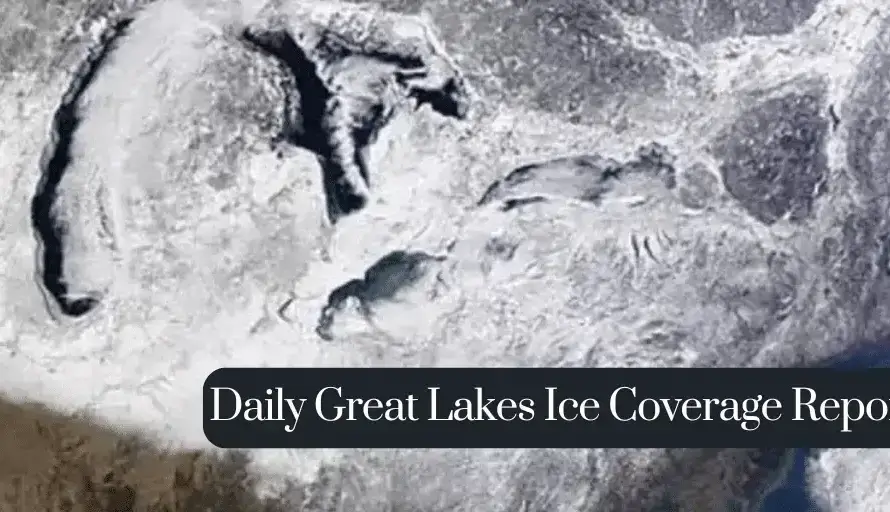Daily Great Lakes Ice Cover Report – March 15, 2025
Winter is now waning across the upper Great Lakes region. As ice cover is reduced, changes in weather patterns and lake activities will be seen. This daily Great Lakes ice cover report provides the latest updates on ice conditions across the …

 A group of five freshwater lakes of central North America between the United States and Canada, including Lakes Superior, Michigan, Huron, Erie, and Ontario. The Great Lakes connect Midwestern ports with the Atlantic Ocean via the St. Lawrence Seaway.
A group of five freshwater lakes of central North America between the United States and Canada, including Lakes Superior, Michigan, Huron, Erie, and Ontario. The Great Lakes connect Midwestern ports with the Atlantic Ocean via the St. Lawrence Seaway.

